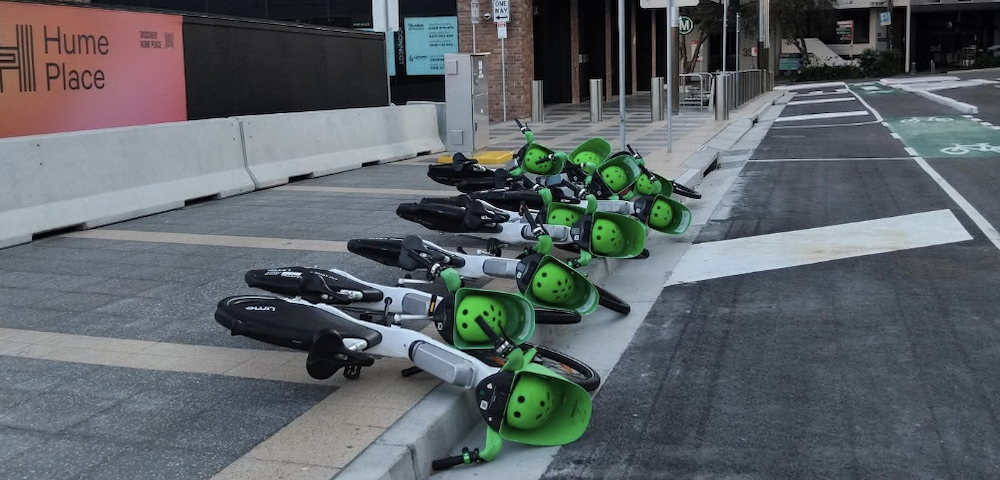
Image: The CEO of the Fundraising Institute of Australia (FIA), Rob Edwards, has told City News that the practice of face to face street fund-raising or 'charity mugging' is “here to stay".
Street fundraisers, known to many as ‘charity muggers’, aren’t going anywhere.
The CEO of the Fundraising Institute of Australia (FIA), Rob Edwards, told City News that the practise of face-to-face street fundraising is “here to stay” for the inner city. The Institute is the peak national body representing professional fundraising in Australia.
Face-to-face fundraising has become a mainstay of NGOs including the UNHCR, the Red Cross and the Wilderness Society.
The vast majority of charities now engage in the practise, with funds outsourced to human resources or sales companies.
“It’s very hard for me to say how many there are exactly, but I guess it would number 50 or 60 organisations. They tend to be the bigger charities because by its nature street fundraising is fairly expensive to set up,” Mr Edwards said.
“The reality is that it works and it’s here to stay. In Australia last year there were 180,000 people who chose to give regular donations to charity and of that, 80 per cent came through face-to-face interactions.”
Mr Edwards said the Fred Hollows Foundation, who do a lot of face-to-face work, were able to increase the number of eye surgeries they conducted in the developing world from 50,000 in 2005 to 180,000 in 2008.
People who live and work in the inner city often face a gamut of ‘charity muggers’ on their daily commute. George St and Broadway are popular street fundraising sites with as many as five different charities soliciting donations in a one kilometre stretch.
Sometimes up to 40 per cent of donations collected go to covering the costs of street fundraising, with many workers taking commissions from each sign up. Most inner city street fundraising is done by backpackers or transient workers, often lasting less than a few weeks to a month. Some charities hire their own workforce such as the UNHCR and Greenpeace.
Daniel Locke worked door-to-door, as well as on the street for a sales company. His former company (unnamed) would often switch between charities or commercial contracts from week to week. Mr Locke worked for several organisations over the course of his employment. “They hired 20 new people every two weeks and most of the people were gone probably three weeks later. For management, it’s all about the money and it’s real hard to make sales. I went a week without sales and there is a lot of pressure from managers to push you to make sales.”
Mr Edwards said if organisations go too far with soliciting donations, the public will vote with their feet. “I think in any organisation there will be those that push harder than others but the reality is these organisations have their reputation at stake and they wouldn’t do it if it didn’t work,” he said.
By Alex Pittaway









